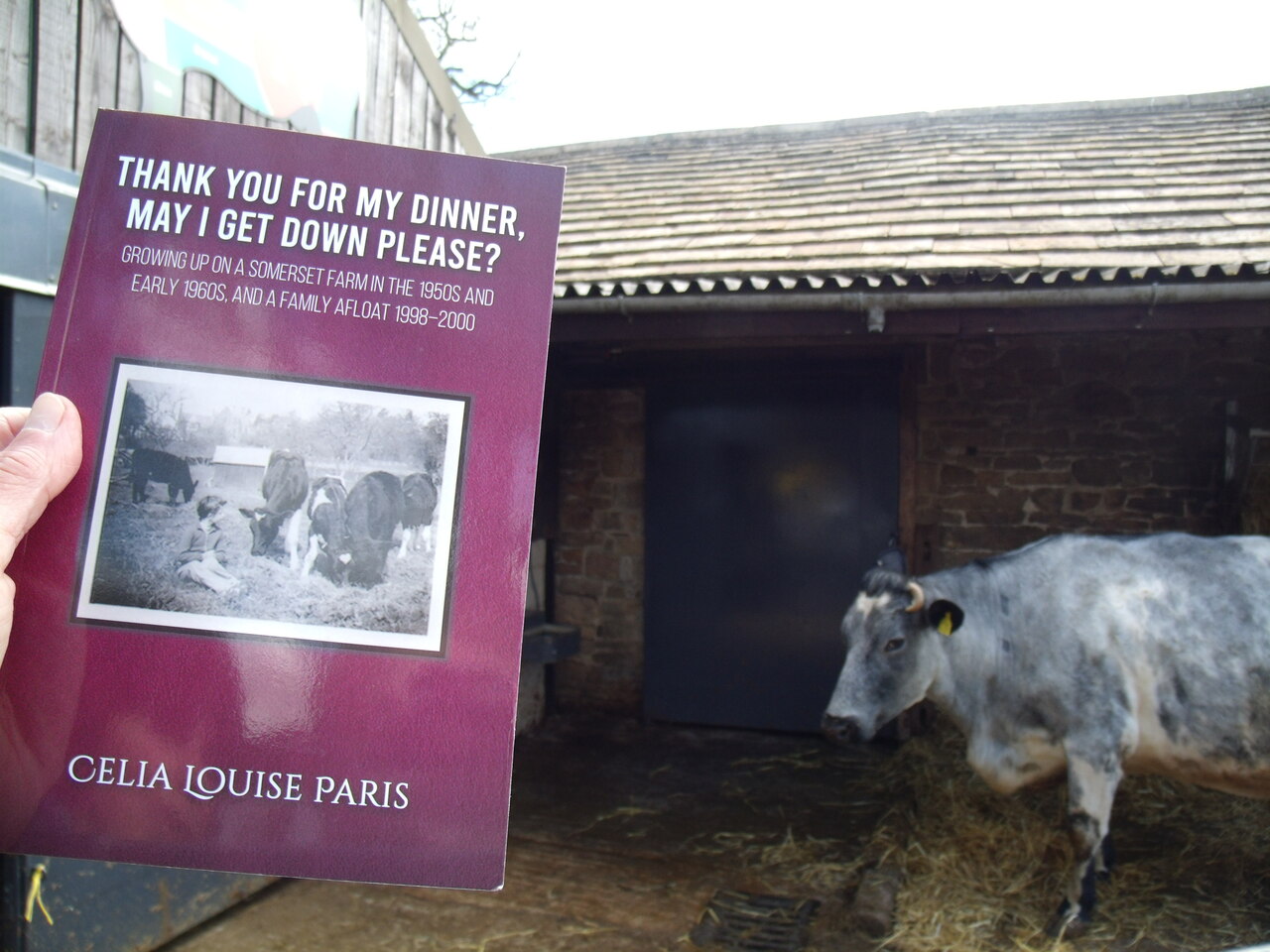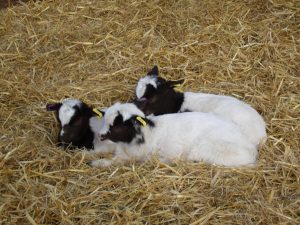
DOWN ON THE FARM
Strolling around the little farm at Chatsworth a
couple of weeks ago took me back to our farm at Bratton Seymour in the 1950’s.
On a much bigger scale – the land comprised about 180 acres with a milking herd
of 50 or so mostly Friesian cows, also calves, young steers and heifers, a
couple of pigstys and hens of course. Oh, and two cart horses and a donkey –
Sandy, who came off the beach to spend the winter months on the farm. And, no,
we didn’t often have sheep because, even with good fencing, they could find a
way out onto neighbouring farmers’ land and many valuable hours would be spent
in rounding them up. During the War, farmers were asked to convert to growing
arable crops, but in the lush pastures and on the stoney slopes of Church Farm
ploughing was not very practical or successful, so after the War years the land
reverted to it’s trusted and tried practice of dairy farming. I can remember
when the milking machine arrived – a huge step forward from the hand milking
method which took several hours both morning and evening and employed several
skilled men. But my father still continued to milk a few cows – 10 or so – by
hand, saying how they wouldn’t ‘take’ to the machine, and of course if the
rather basic electricity failed the tractor had to be used to generate power.
It turned out to be really like a second Agricultural Revolution, starting in
the ’60’s with the arrival of new ‘labour-saving’ equipment and then continuing
right up to the present day with bigger and more comprehensive and complex
machinery. This changed the complexion of day to day farming, saying goodbye to
a large number of farm workers and to the rather idyllic picture painted of
‘life on a farm in the English countryside’. Expensive too of course, so many small
farms or ‘holdings’ as they were called, fell by the wayside and got gobbled up
by large and financially backed ‘groups’.
To remind myself of those ‘old’ days, I’m attaching 3 snaps taken on our recent
visit to Deborah Devonshire’s little farm at Chatsworth.


Post Views : 446